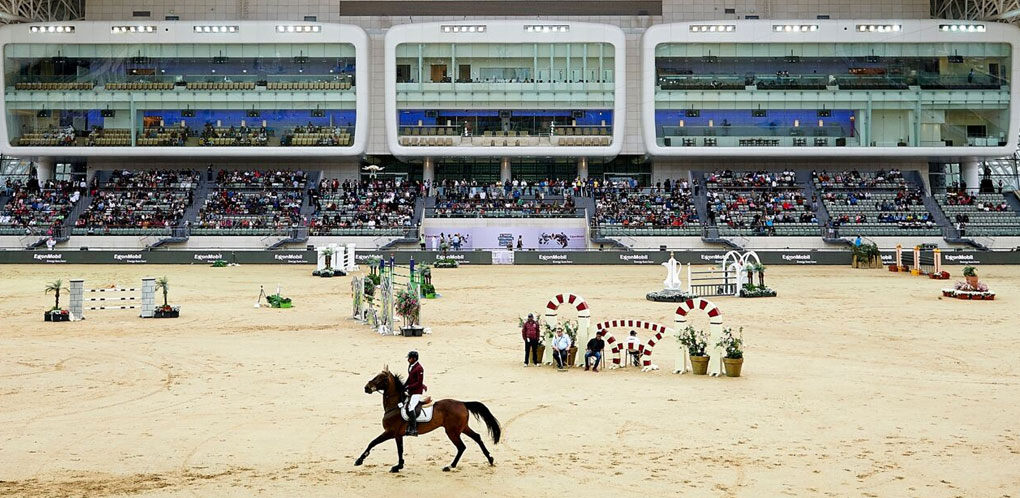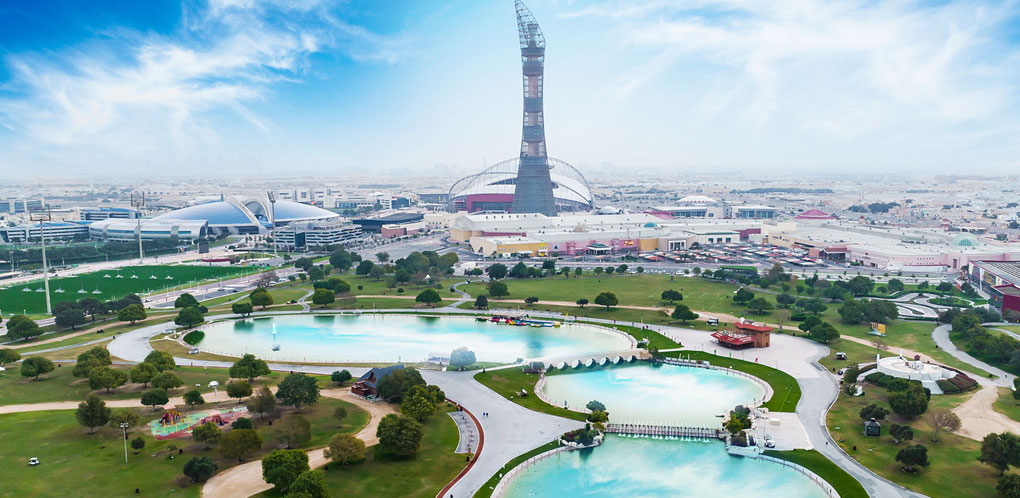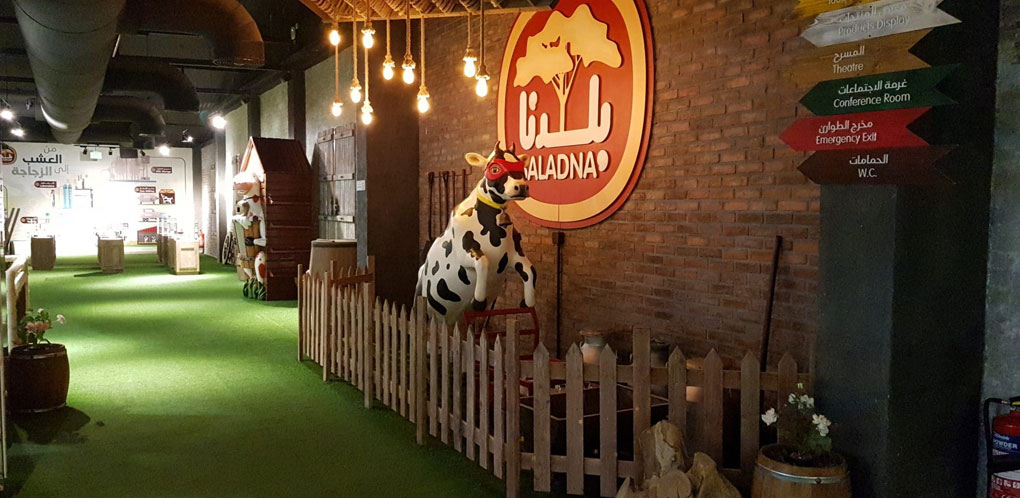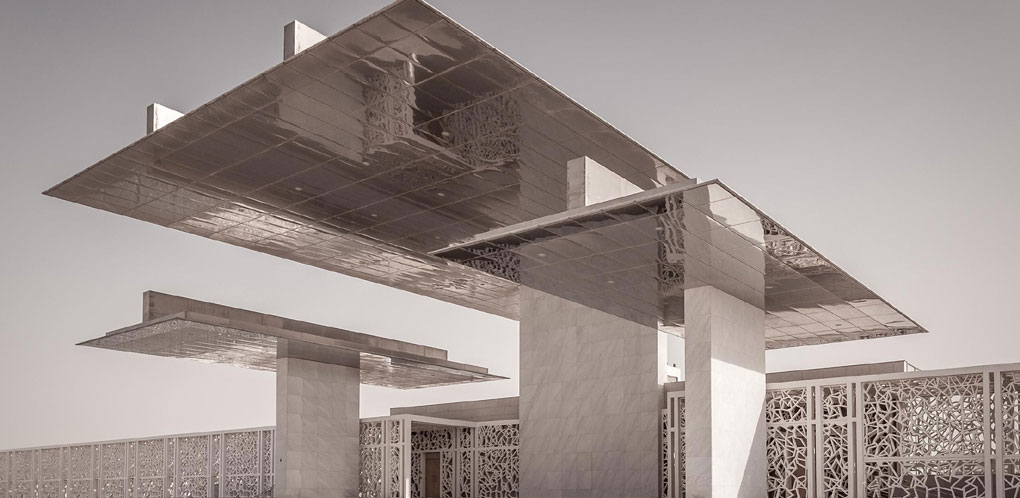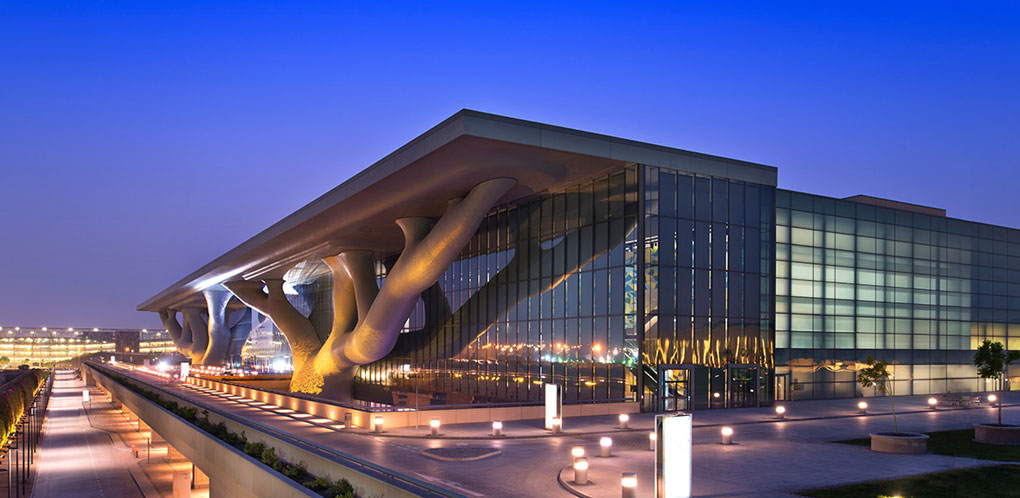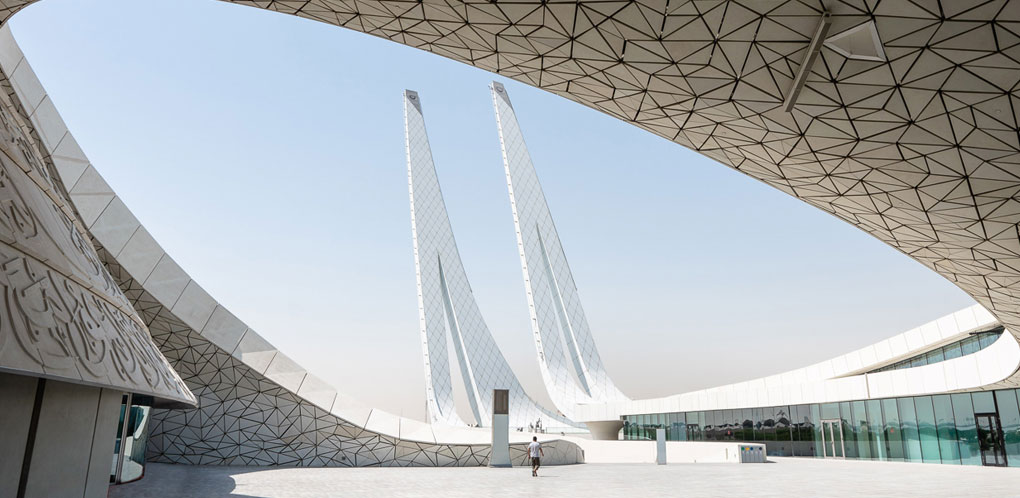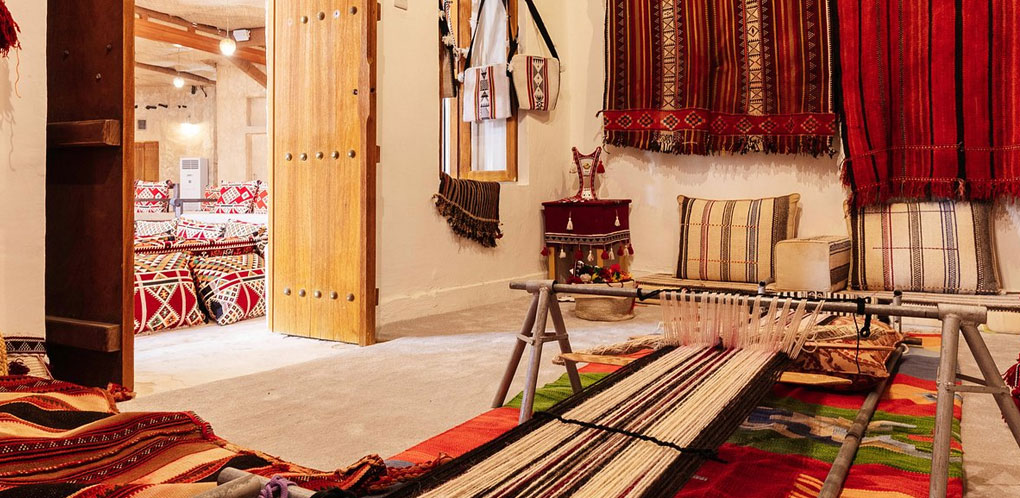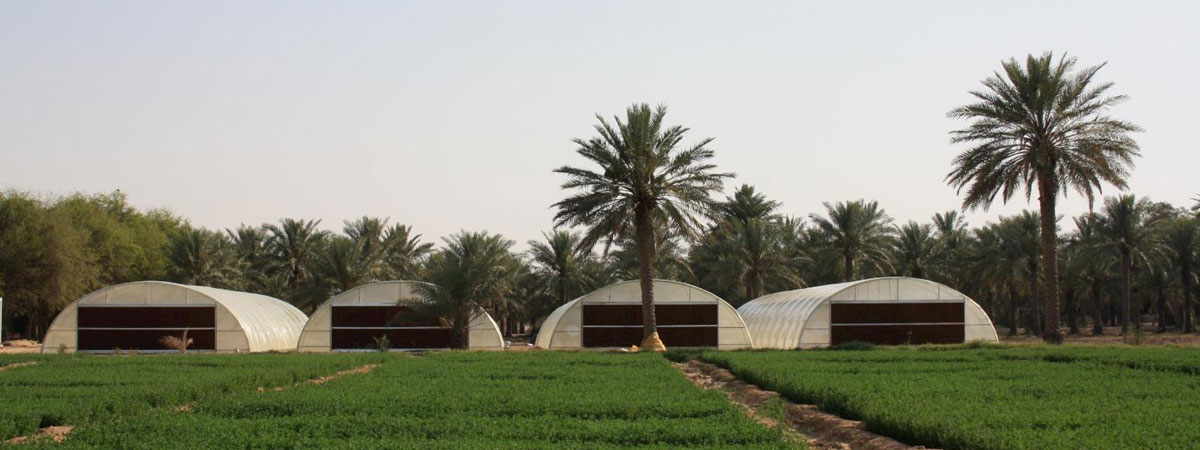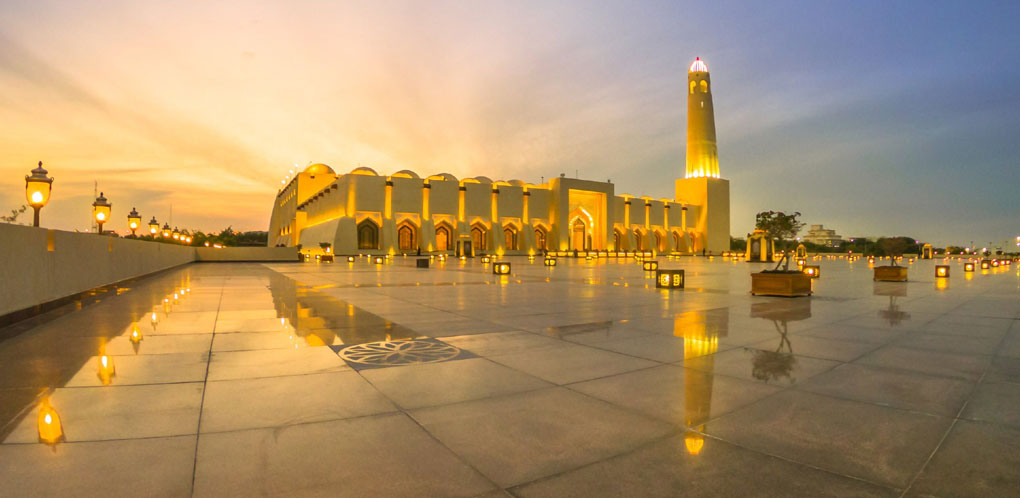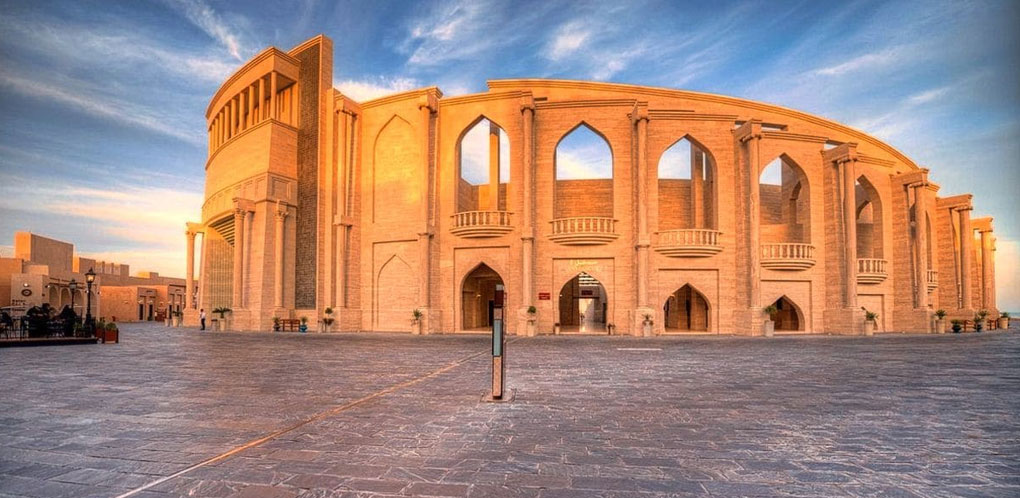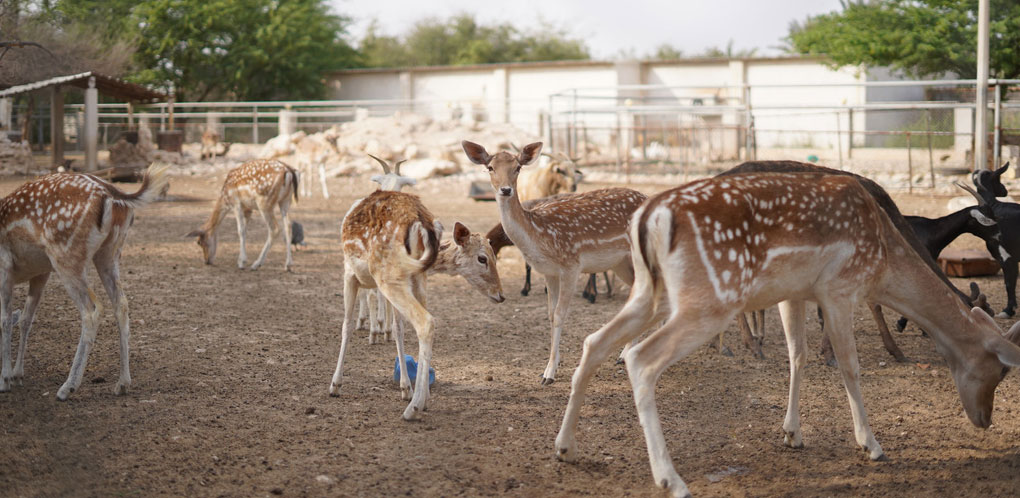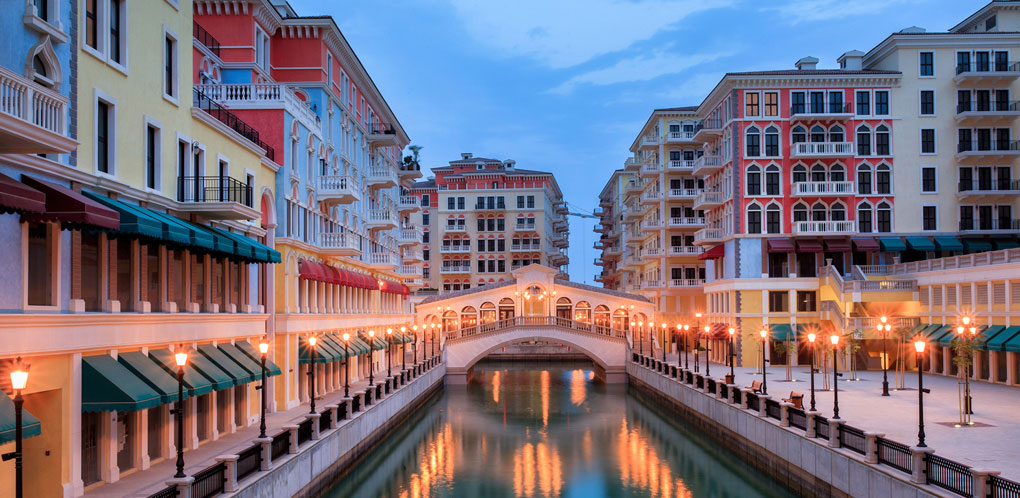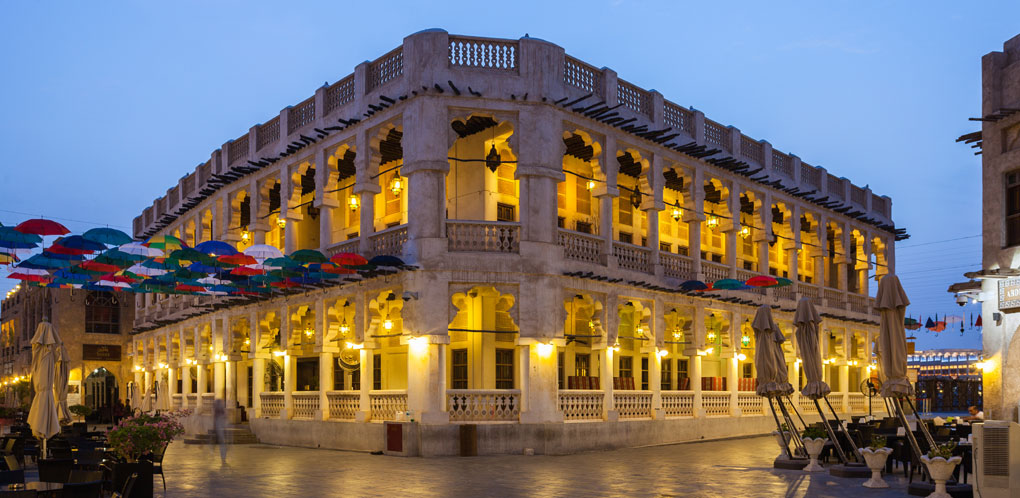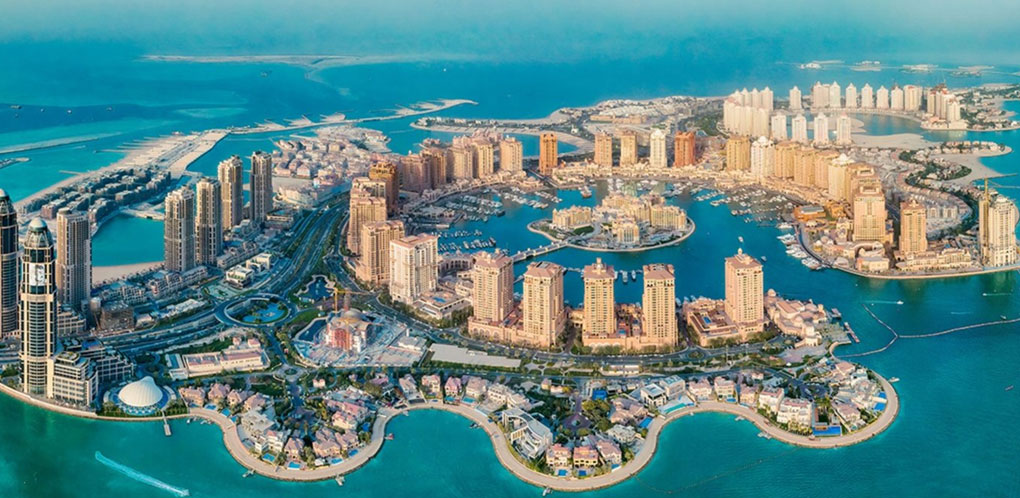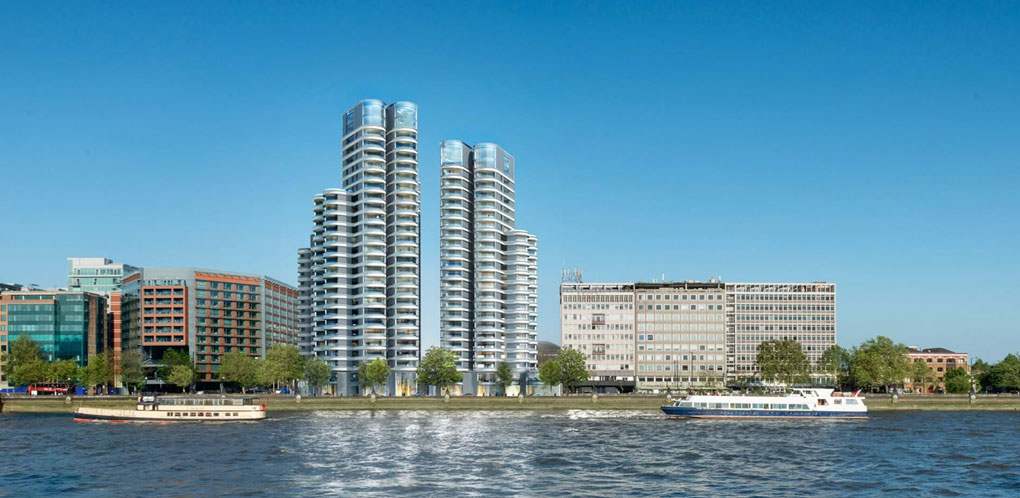
Al Bidyah Mosque
Al-Bidya Mosque sometimes transliterated as Al-Bidiyah or Al-Badiyah is a historical mosque in the Emirate of Fujairah, the United Arab Emirates. It was the oldest known mosque in the country, prior to the discovery in September 2018 of the ruins of a 1000-year-old mosque dating back to the Islamic Golden Age, near the Sheikh Khalifa Bin Zayed Al Nahyan Mosque in the city of Al Ain, Emirate of Abu Dhabi.
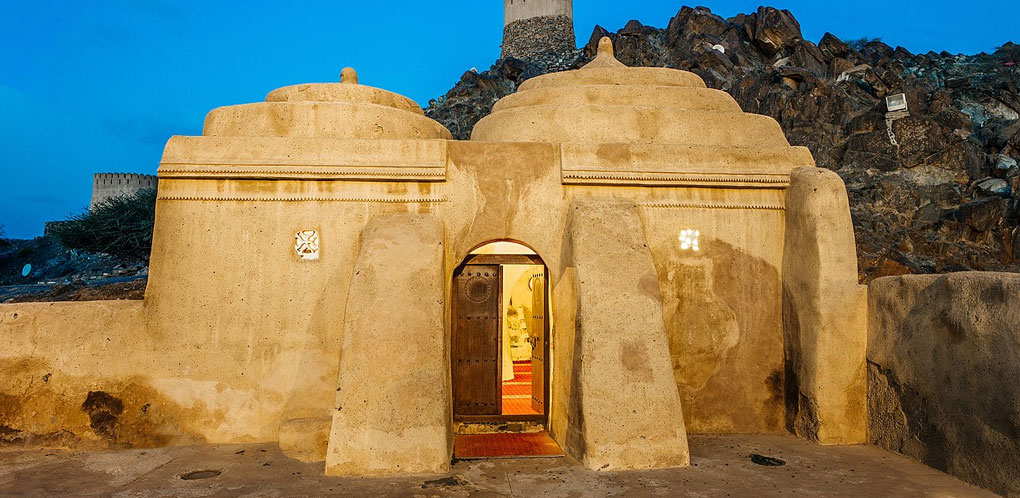
Still in use, it is located in the small village of Al-Badiyah or Al-Bidiyah, about 40 km (25 mi) north of the Emirate’s capital city, and is also known as the “Ottoman Mosque”.
History of Al Bidyah Mosque
The exact date of construction for the mosque remains uncertain due to its unique mud and stone construction, which precludes the possibility of radiocarbon dating, as no wood was used. While it is generally believed to date back to the 15th century, earlier estimates have also been suggested.
In 1997-98, the archaeological center of Fujairah collaborated with the University of Sydney to investigate the site. Through this joint effort, along with the expertise of the Fujairah Archaeology and Heritage Department, it was concluded that the mosque likely originated in 1446 AD. This date coincides with the construction of two watch towers overlooking the mosque and the surrounding village, further supporting the historical context of the site.
Structure
Constructed from locally available materials, the small, square mosque spans an area of 53 square meters (570 sq ft). Its primary building elements consist of stones of varying sizes and mud bricks coated with numerous layers of whitewashed plaster.
Featuring a unique architectural design, the mosque’s roof is adorned with four squat, helical domes, each supported by a single centrally placed pillar that also forms the ceiling. Access to the interior is granted through double-winged wooden doors.
Within the prayer hall, one finds a modest mihrab (the niche indicating the direction of Mecca), a simple pulpit, arches, and openings. The internal space is divided into four squares of similar dimensions by a central pillar, which also supports all four domes visible from the exterior. This layout reflects the mosque’s harmonious blend of functional design and local craftsmanship.

